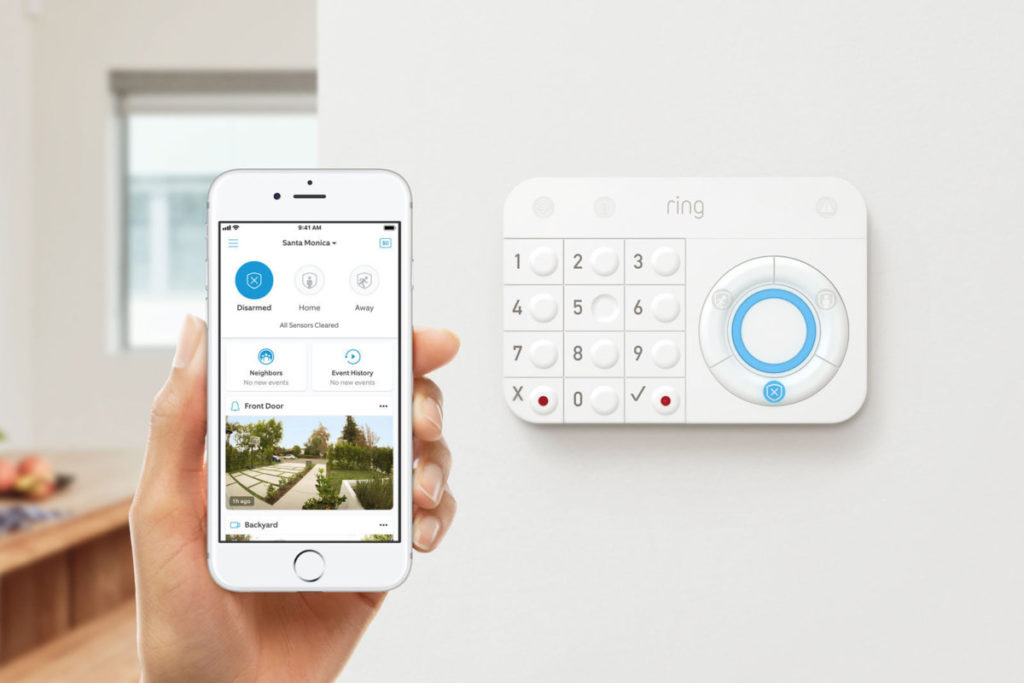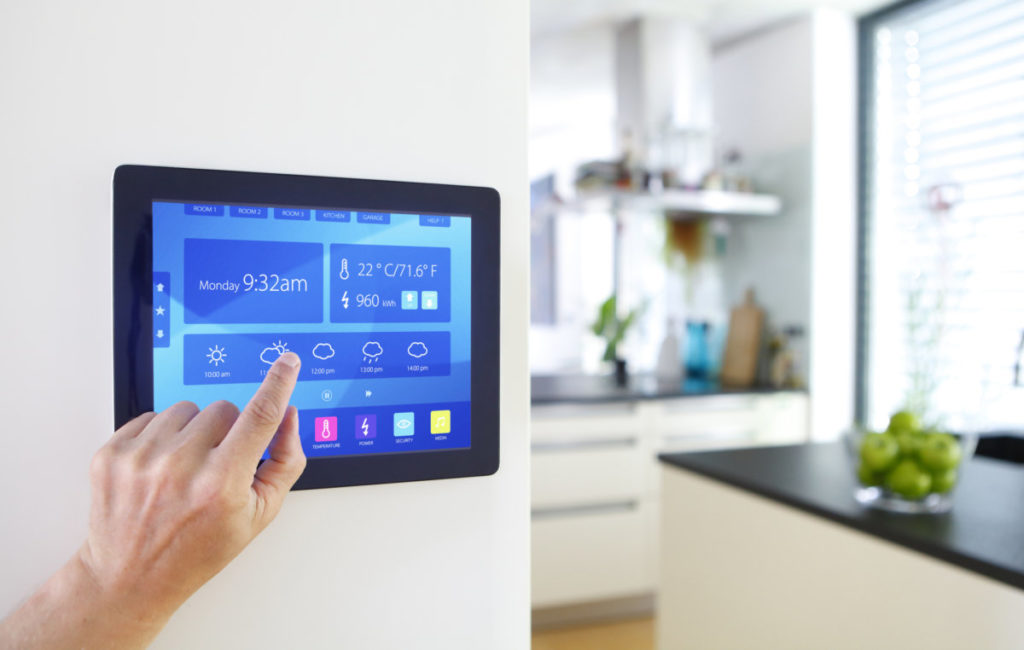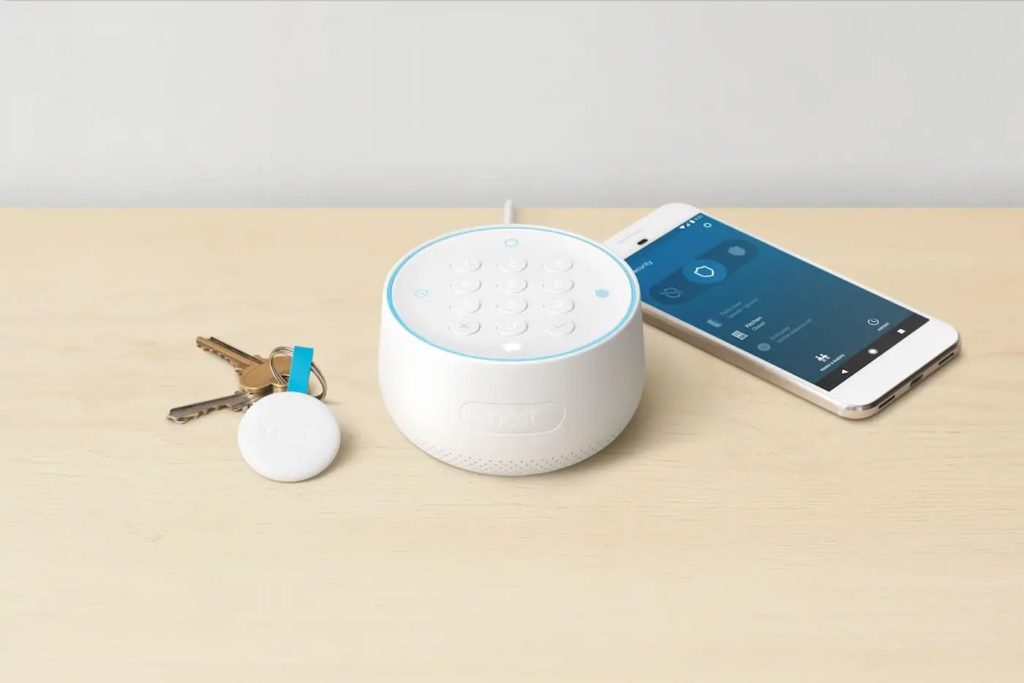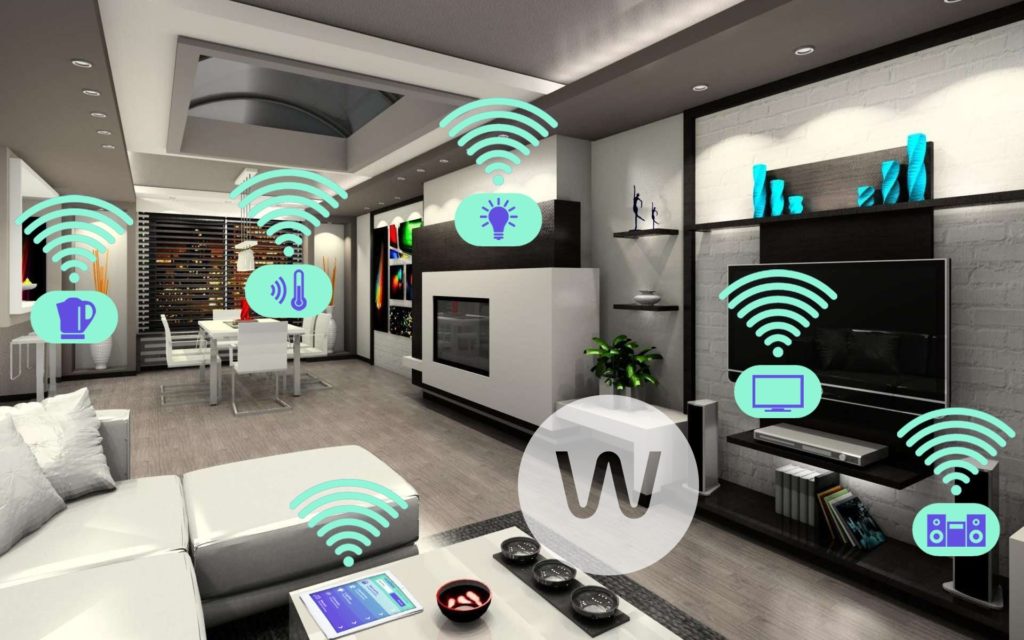
Type the phrase ‘smart home system‘ into your favorite search engine and the results will include a lengthy list of articles discussing the best systems out there. But is there any such thing? Is there one system so good that it is superior to all others? No. The thing is, ‘best’ is a matter of perception.
A lot of what goes into determining the best smart home system is determining your needs. It is also true that what is best for you may not be best for your neighbor. The point here is to ignore all of those headlines declaring that system A is superior to all others.
Every home security system out there has its strong and weak points. Some offer better video surveillance while others give you equipment that will stand up to virtually anything. One thing they all have in common is the marketing attached to them. Marketing is intentionally designed to make you think that each one of those security systems is better than all the rest. Do not fall for it.
Security or Efficiency

Wading into the smart home pool for the first time can be daunting. It is normal to start looking at smart home equipment without fully understanding what it is you are trying to accomplish. Once you know what you want to do though, things start making sense.
The point here is that knowing what you want to accomplish provides a baseline for your equipment and monitoring choices. Is your main concern protection against burglary and home invasion? Then start by focusing on video surveillance and burglary detection. If you are more concerned about energy efficiency than security, consider starting with a basic home automation system that addresses lighting, thermostats, etc.
It is a given that some people enter the smart home market for security reasons. Others are looking to make their homes more efficient. According to the good folks at Vivint, both are valid reasons. But Vivint also says that homeowners don’t have to choose one or the other. Security and efficiency can be combined with incomplete smart home systems.
DIY or Professional

Taking time to figure out your smart home aspirations goes beyond assessing security and efficiency. You also need to consider if you want to go the DIY route or opt for professional installation. Both options have their strengths and weaknesses as well.
DIY is the choice when homeowners want to get as much equipment as possible at the lowest price. Because you are not paying for professional installation, DIY systems are less expensive. What is saved on labor can be spent on more devices? And no, DIY systems are not difficult to install. Everything these days is wireless.
If you are capable of setting up a wireless router with multiple devices, you should not have much trouble with a wireless home automation system. On the other hand, you might find wireless home automation difficult if you are confused by things like IP addresses, Wi-Fi security, and the like. Your level of comfort with wireless devices should be considered if you are thinking about a DIY installation.
Professional installation is the choice among homeowners who want top-of-the-line equipment without the hassle of installing it themselves. The nice thing about professional installation is that everything works as it should once the installation is complete. If there ever is a problem, a call to the service provider dispatches a technician to come fix whatever is broken.
You should know that it is fairly common for professional installations to come with 24-hour monitoring packages. Monitoring is normally paid on a monthly basis. Sometimes there are annual contracts involved, other times monitoring is handled month-to-month. DIY systems can also be monitored professionally, but consumers tend to self-monitor to save money.
Equipment Choices

You might be able to make the case for the best smart home system by comparing equipment. Like just about anything else in the consumer market, some equipment manufacturers are just better than others. Some are more expensive as well. You have to weigh the benefits of cost versus quality when researching new equipment.
The thing about the equipment is that different pieces from different manufacturers may not work well together. This is where online reviews help a great deal. Stay away from components that have a reputation for being incompatible. Well-known brands are a good place to start. Just know that going with such a brand might lock you into their ecosystem permanently.
Homeowners planning to integrate voice control should probably settle on a smart speaker first, then purchase smart home components that work with that speaker. Otherwise, compatibility is probably going to be an issue at some point.
Also, be aware that smart home technology is one area where you get what you pay for. The cheapest components out there are likely to have limited compatibility. If those components are made with cheap materials, they may not last very long. From video surveillance cameras to smart thermostats, quality comes at a cost.
Ease of Use is Important

For some people, the best smart home system is one that is easy to use. After all, how effective is a system going to be if you don’t know how to make it work? Just ask anyone who bought a programmable thermostat back in the 1980s.
The programmable thermostats of old were complicated pieces of equipment that almost required a degree in engineering to program. They were so difficult that many people simply gave up. Suddenly that programmable thermostat was worthless as a money-saving device because programming wasn’t being utilized.
The same is true with smart home technology. If it is too complicated for consumers to understand, they are not going to use it. What’s the point then? No, ease of use is a valid consideration when trying to determine the best smart home system for you.
Is there a best system? Yes and no. There is one suited to your needs, but not one that is best for everyone. You can also click here to learn more!














